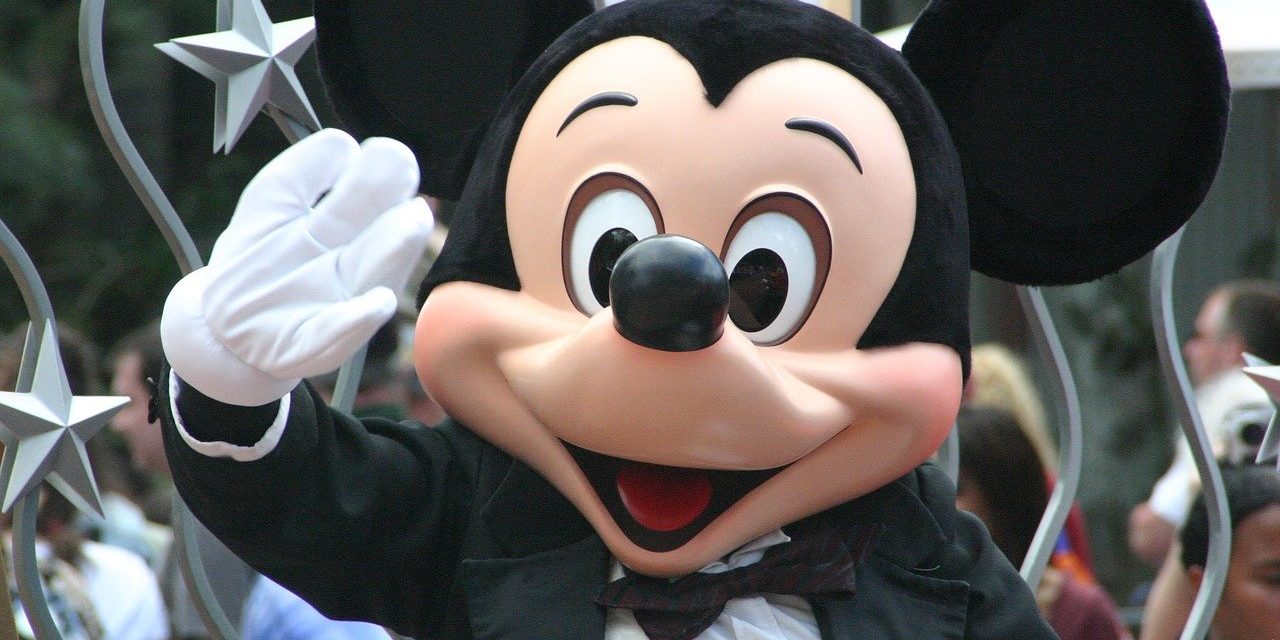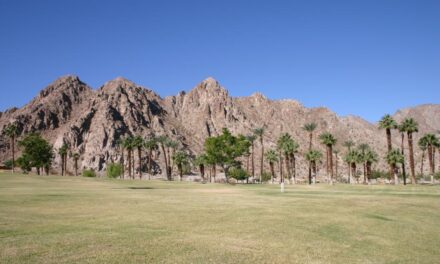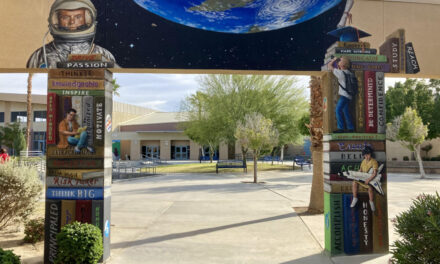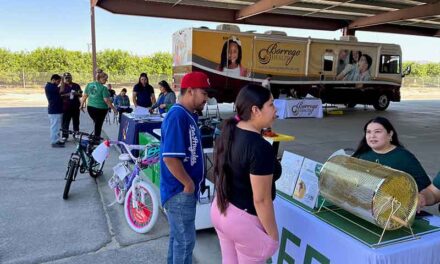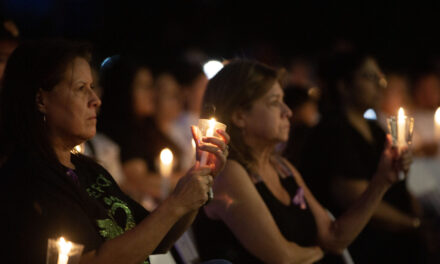What makes California the most fun state in America?
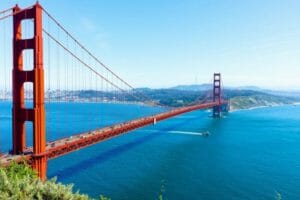 With Disneyland, the San Diego Padres, sun-kissed beaches, the Los Angeles Dodgers, Los Angeles Angels of Anaheim, Los Angeles Rams, Oakland Raiders, Golden State Warriors and so much more, it is little wonder why California has been identified as the most fun state in the nation.
With Disneyland, the San Diego Padres, sun-kissed beaches, the Los Angeles Dodgers, Los Angeles Angels of Anaheim, Los Angeles Rams, Oakland Raiders, Golden State Warriors and so much more, it is little wonder why California has been identified as the most fun state in the nation.
With summer just around the corner and 86% of Americans planning to take a vacation, the personal-finance website WalletHub today released its report on 2022’s Most Fun States in America.
To determine the states offering the greatest variety and most cost-effective options for enjoyment, WalletHub compared the 50 states across 26 key metrics. The data set ranges from movie costs to accessibility of national parks to casinos per capita.
Fun in California (1=Most Fun; 25=Avg.):
- 1st – Restaurants per Capita
- 1st – Movie Theaters per Capita
- 15th – Golf Courses & Country Clubs per Capita
- 1st – Amusement Parks per Capita
- 1st – Performing-Arts Theaters per Capita
- 1st – Fitness Centers per Capita
- 11th – Casinos per Capita
Expert Commentary
Are state-sponsored campaigns to promote tourism successful in bringing new visitors to a state?
“State-sponsored tourism campaigns can help draw tourists, up to a point. Research by John Deskins and Matthew Severs in the ‘Journal of Travel Research’ suggests that state spending on tourism promotion can be effective in creating tourism-related jobs, but that the benefits taper off as spending increases. The implication is that for states that are already spending a lot on tourism promotion, spending more won’t have much benefit, but the initial investment can pay off.”
— Keith Boeckelman – Professor and Chair, Department of Political Science, Western Illinois University
“It is very difficult to identify cause and effect, here. States that spend relatively more on tourism promotion will usually already have considerable amenities and attractions that will naturally boost tourists and travel spending. For example, California, Colorado, Florida, Michigan, or Utah may spend a great deal to promote vacationing in their states. But these states also boast attractions, climates, landscapes, beach shorelines, and other natural and man-made amenities that would already be expected to make tourism a significant part of their state’s economic base. So, it is hard to measure the direct and isolated impact of state-level spending on tourist promotion. Such promotional spending likely has some minor positive impact on the level of out-of-state visitors and revenues, but only if the state’s economy already has these other attractions and amenities that would give it an advantage as a travel destination.”
— Tom Lehman, Ph.D. – Professor, Indiana Wesleyan University
Should states provide tax incentives to attract professional sports teams and other entertainment draws?
“Whether states should provide tax incentives to wealthy owners of sports teams should be evaluated based on whether the new venue will ultimately bring in more public revenue. Incentives that are so large that they reduce net revenues are less justified than incentives that can benefit both private owners and the public.”
— Steven G. Koven, Ph.D. – Professor, University of Louisville
“Most economists are skeptical of such incentives. Research by Andrew Zimbalist and others suggests that subsidizing new stadiums is a particularly bad investment. Jobs created by pro sports (other than the players, coaches, and a limited number of front office staff) often pay poorly. What typically happens is that entertainment dollars simply get shifted from other sources with a little net benefit to the state or local economy. There is some evidence that casino gambling and related attractions can increase tourism. This impact is diluted, however, as more and more jurisdictions legalize gambling. Similarly, the proliferation of more types of gambling (e.g. sports betting) can lead to a saturation point that limits further benefits.”
— Keith Boeckelman – Professor and Chair, Department of Political Science, Western Illinois University
With a significant percent of the population fully vaccinated against COVID-19 and thus being able to travel at low risk of COVID-19 infection, will states see an increase in visitors?
“In addition to fewer travel restrictions, we are also seeing significant declines in American travelers’ concerns about COVID-19. There is strong pent-up demand for post-pandemic travel…Recent research, however, indicates that American travelers’ concerns about COVID-19 are being replaced with heightened concerns about rising gas prices and inflation. The industry should expect travelers to be price-conscious because of rising prices. History tells us that people will cope with rising gas prices by choosing destinations that are closer to home and decreasing the number of trips they will take this summer. This means, in general, states should expect an increase in visitation from drive markets.”
— Ashley Schroeder, Ph.D. – Assistant Professor and Research Lead (Crisis Management Working Group), University of South Carolina
“The answer to this question will hinge on the impact of continued high rates of inflation. As inflation remains high, will consumers with pent-up demand for travel following the pandemic be willing to absorb the higher costs of travel and tourism? Will they be willing to sacrifice spending in non-travel related areas of their household budget to indulge their desire to vacation? Or, will the high and rising prices of travel, including gasoline, airfare, tolls, hotels, restaurants, and tourist attractions and events, be enough to dampen consumer demand and alter spending priorities? My hunch is that states with lower-cost attractions and lower gasoline prices may see some increase in out-of-state visitors and tourist spending relative to pandemic-era lows. States with higher gasoline prices and related costs of travel, perhaps not as much.”
— Tom Lehman, Ph.D. – Professor, Indiana Wesleyan University
For the full report, click here.
Image Sources
- Golden Gate Bridge: Pixabay
- Mickey Mouse: Pixabay

